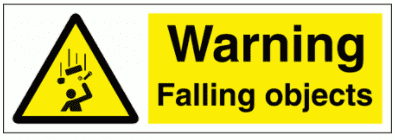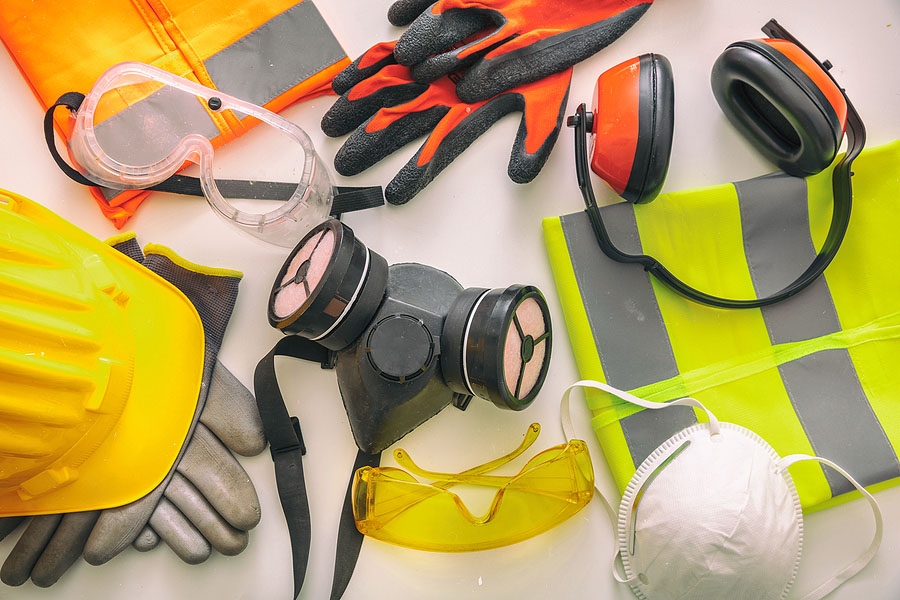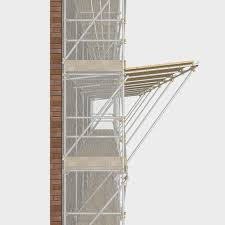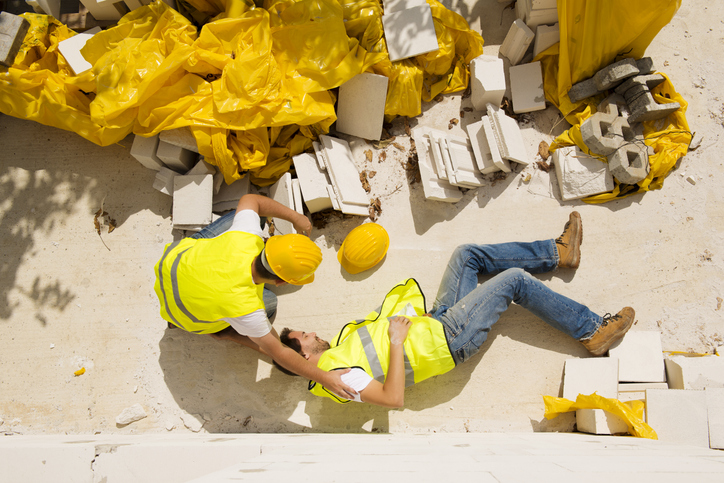ToolBox Talk Sheet
-
Toolbox Topic: Dropping / Falling materials
-
Site
-
Date
-
Given by:
Information
-
Working construction sites can pose some pretty serious injury and fatality risks, and property damage potentials. Very often the risk is for the innocent person who is in the wrong place at the wrong time.
There are many reports dating back to 2016, stating that there were 255 fatalities caused by objects falling from above and striking a worker. 50,000 workers estimated by HSE are hurt by falling objects at construction sites. The item that is harming people, doesn’t have to be a large item. That is why it is so important to always wear protective gear, something as small as a bolt can cause damage. -
How To Prevent Dropped Object Incidents...
There are some precautions that you can take when working in a construction to help reduce the risk of dropped object incidents. Falling objects can do a lot of harm to people and cause property damage. Taking the right actions to protect people and be as safe as possible is vital. Here are some helpful ways to be more aware and proactive on the construction site: -
1. PPE
PPE is one of the most important things that you can do to help prevent injuries. It is very important to always wear safety protection and hard hats when you are on a construction site with people working above you. Certain areas may require more PPE than others, but this is the most basic protection. -
2. Engineering Controls
All construction sites should have certain areas that are off-limits. The areas of the grounds that are considered high risk for items falling and people getting hurt. The right type of barricades or taping should be used to make sure no one mistakenly crosses into that space.
There are safety precautions that can be taken to the high levels that these workers will be working in. Such as safety nets, scaffold fans, tethers, and anchors in the necessary areas. This way falling objects will have less of a chance of striking someone below. -
3. Hazard Elimination
One method of preventing incidents is to eliminate the hazard altogether. For example, when a worker is working at a high level and using tools that have the potential of falling, the tools should be removed from the area when finished with. Never leave tools that are not needed laying around. This is just setting a stage for items to be kicked or pushed off.
When workers are finished with the tools and materials that they are using, they should be properly stored and put away. This is one simple way to keep dropped object injuries or fatalities from happening. If there is a way that you can easily keep people safe, you should take advantage of the opportunity. -
Common Falling Objects
When you think about objects falling and causing a fatality or injury to people below, you think about the larger material or tools. But that is not how it works. Many times, injuries and fatalities can be caused by the most simple hand tool or small object. It all depends on where, how, and the pace at which the object hits someone. Some common dropped objects that have been known to cause harm include:
Drills and Bits
Screw Drivers and Screws
Hammers and Nails
Scaffold fittings
Paint Cans
Ladders
Boards
Power Tools
Saws
Personal Items On The Worker
Personal Drinks or Cups Of The Workers -
Injuries From Falling Objects
Yes, injuries can happen from the above objects, even something as small as a screw. There is always a chance of an injury to anyone who is below an overhead worker. These dropped object injuries can range from minor to severe, causing such harm as:
Broken Bones
Bruises
Cuts & Lacerations
Back Injuries
Neck Injuries
Sprains
Fractures
Permanent Damage
Concussion
Brain Injuries Death -
Be Observant & Watch For Falling Objects
While working on a construction site, it is very important that you are observant of what and who is around you. The tools that are out and not being used, the people who are beside or beneath you, and the major equipment that is running are all potential risks when not using caution. A lot of accidents can be avoided when responsibility and caution are put first.
If you see a tool or piece of equipment laying out that could possibly fall or be tripped over, pick it up and move it. If you see a hazard in someone's way, speak to supervisor. Even if you think that it is a small risk or small problem, those can only lead to bigger ones down the road.
Questions
-
Please name 2 Engineering Controls we can put in place ?
-
how can we eliminate the Hazard ?
-
Name 3 common falling objects ?
-
if you see a hazard what should you do ?
Name & Sign
- Attendance:
-
Full Name and Signature
-
Full Name and Signature
















